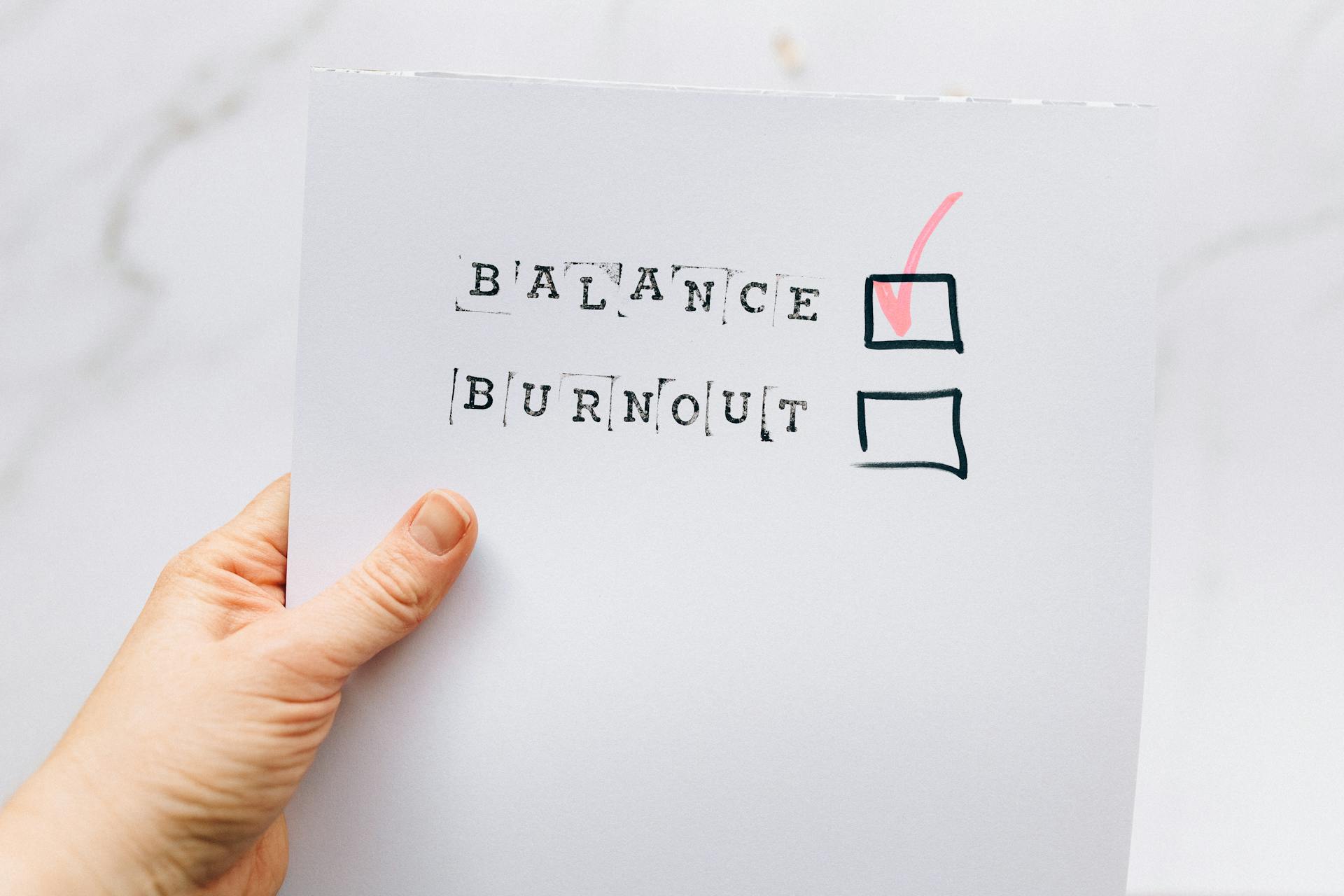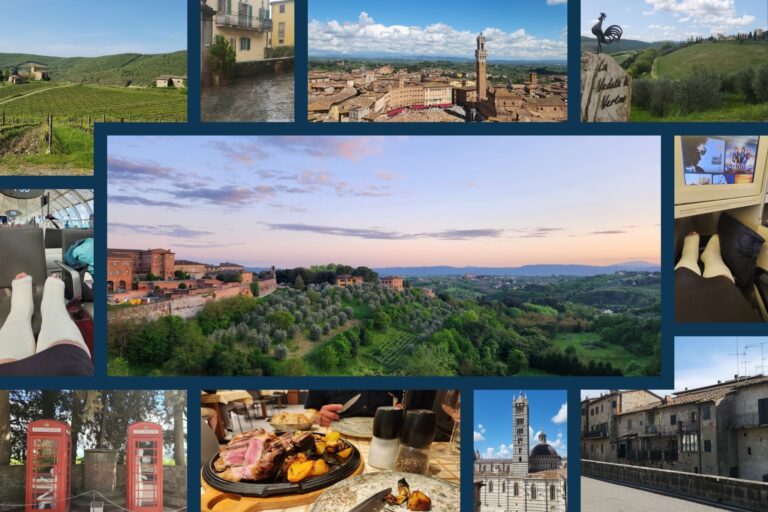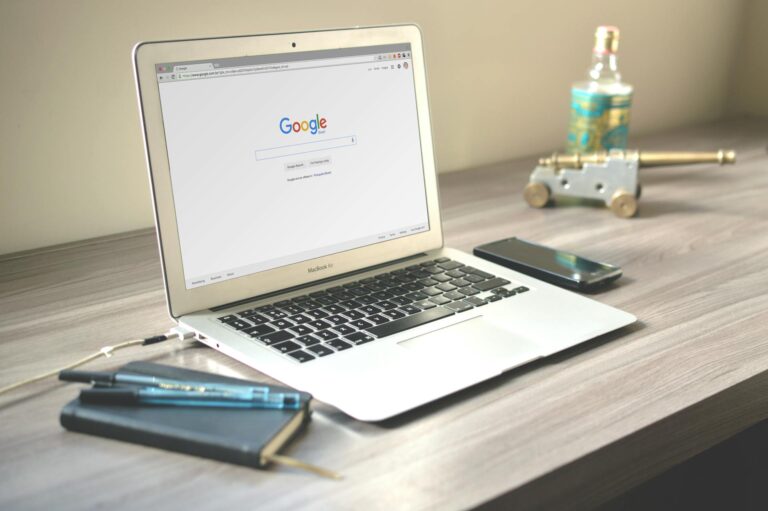BLOG / Financial Planning
How Burnout Changed My Life

By Leah Livingston, Founder, Transform with Leah
Did you know that 75% of Americans are suffering from burnout or burnout symptoms? That’s a pretty staggering statistic. I was part of that 75% – until 2 years ago.
Those in the tech industry understand the challenges of the space. It’s fast-paced and emotionally demanding, and you’re typically on call 24/7. Sprinkle in an A-type, people-pleaser with borderline OCD, and you’ve got a guaranteed recipe for burnout.
If you’re in need of some inspiration to make changes in your life, check out my 6-step journey that helped transform my career burnout into the opportunity of a lifetime:
Step One: Acknowledgement
After ignoring chronic fatigue for nearly 10 years, my body finally demanded my attention with debilitating brain fog. I was unable to read and understand emails, I was forgetting names and birthdays, I was unable to do simple math in my head, and this list went on. And being a software implementation program manager, having these limitations quickly made me unable to perform my job.
This was one of the scariest seasons of my life. Finding myself down several Google holes, I convinced myself I had a brain tumor. Thankfully, I was 100% incorrect and my brain scans were beautiful. But this left me with unexplained, life-altering symptoms.
Step Two: Self-Advocacy
In 2021, after getting cleared by all of my mainstream doctors, I performed extensive research on Adrenal Fatigue Syndrome, something the medical community does not recognize as an actual issue. I diagnosed myself with this condition and started making minor lifestyle changes. I received a formal diagnosis in 2022, and then a professional/specialist diagnosis in 2023. Even in my initial research, I learned quickly that my life needed to change, in major ways, before I would start feeling better and get my life back.
Step Three: One Small Step
After my self-diagnosis in 2021, I opted to take 3-month, unpaid medical leave. This was the first of several financial planning steps. I cleared my calendar and used this time to rest, heal, and reflect on how my career and passions had changed over the last 15 years. I needed to know why this once-inspiring industry had left me feeling empty, exhausted, and feeling like a failure.
A lot of this reflection pointed to choices I made and things I decided to give up for my career – all of which needed some additional soul-searching to heal. And some of this reflection pointed to the fact that I was in an industry that no longer fit me (and maybe never did in the first place).
Step Four: One Giant Leap
Returning to work after this leave quickly reaffirmed that I needed more than just some time away. I needed a major change, especially if I wanted to start to heal and have the life-work balance I so desperately craved.
I needed to change my career entirely, introduce and uphold my working boundaries, and learn how to put myself and my health first. Unfortunately, this wasn’t something I could do in my current role. Let’s be honest: it’s a hard thing to do in any corporate setting (if you have this balance in your job, hold onto it tightly!).
But my medical leave presented an incredible opportunity – a revelation of moving into the wellness space, for which I had been passionate about my entire life. But could I do this for a living? While the idea of changing my career felt easy, making sure I had solid financial footing was crucial.
Step Five: Plan, Plan, and Plan Some More
Prior to my 3-month medical leave, Christine and I repurposed “new car” savings funds to support that unpaid leave. From day 1, Christine helped me create goals and set organized money aside for these goals, which put me in a beautiful position to repurpose money to support my decision.
Staring down the path of no income for the next 6 months, we needed a longer-term plan to support my decision to pursue my passions. Holistic wellness coaching was something near and dear to my heart after experiencing burnout and the long-term effects of ignoring it.
Because I had a financial planner that helped me balance risk and long-term investments, while planning appropriately for a single-income household, I had a significant amount of cash in savings. I also had a good chunk of stock waiting for a rainy day. Having this cushion made the no-income path easier, but it still felt like I was standing on the edge of a cliff, not knowing what the outcome would be once I jumped.
We created plans A, B, and C for the next 6 months (there may have even been a plan D in there somewhere). We reduced expenses as much as possible and prepared for potentially an additional 6 months without money coming in. While hoping for the best outcome, we also had financial plans in place for outcomes that would require longer windows of self-sustaining funds.
Additionally, we took advantage of new business financial options, such as zero-interest credit cards and getting preapproval for a HELOC prior to quitting my full-time job.
Step Six: Live with Purpose
Fast forward to present-day 2024, and I’ve spent the last two years slowly and purposefully building a coaching practice while exploring new ways to supplement my income. I have been supporting myself financially for 24 months, which says a lot for a one-person household. It has been scary at times, but my heart has been filled with more joy and purpose since making my decision. And the road ahead, although unknown, looks bright and exciting.
Aside from a little discernment and a dose of courage, having a financial planner through this journey is what made it all possible. And not just a professional who helped me plan and monitor my financial needs and progress, but someone who actually cared about my well-being and believed in the next chapter of my professional journey. Having Christine by my side didn’t just make the financial side of things easier; her expertise and genuine support gave me the confidence to really go for it and embrace this life change head-on.
Moving Past Burnout
If you’re a tech professional feeling burnt out and yearning for a change, don’t let financial fears hold you back. I’d encourage you to reach out to a financial planner like Christine, who can help you navigate the transition. With the right guidance, you might be surprised at what’s possible.
Leah Livingston is a Certified Holistic Wellness Coach, Trauma-Informed Coach, and advocate for holistic wellness as the key to living with vitality. She is the founder of Transform with Leah, helping clients create lasting transformations through holistic health and wellness coaching.



